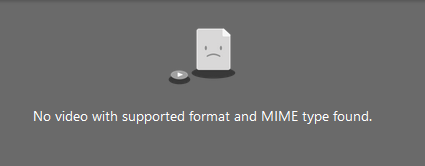I pulled mine out tonight to re-test, and it lives up to my memory, I think you’ll be pleasantly surprised with it. The MPE really makes a world of difference. The other thing I recommend is do play around with the sounds in Jamstik Creator, those really showed me what I should be able to achieve in other apps.
My playing style is very light, I like to use my index finger to brush the strings like western african players, so I really cranked the sensitivity of the hex pickup by getting it close to the strings, using the Jamstik Creator app to check levels. And I could play as normal without a pick with no problem.
This worked quite well, except I would get some little ghost notes in VCV much higher up in the fingerboard than I was playing. I basically never heard them in Jamstik Creator, but I could hear really audibly in VCV Rack.
It turned out that they were very low in velocity, so by implementing velocity correctly in VCV, they mostly went away. I also made a max patch that stood in-between which could be set to filter out any notes that were not in the scale or the octave areas that I was playing for a particular part. This basically eliminated any issues that I had for getting midi recordings of even rather strange parts that were full of hammer-ons and pull-offs.
I need to restring my jamstik studio, as the strings have gotten corroded since I last picked it up. but even in that state I was quite impressed with it again tonight.
If you are accustomed to playing with a pick, I don’t think the ghost notes are as much of a problem. If memory serves, I raised the hex pickup on mine much more than the manual recommends. But even so, I was quite surprised by how well it worked.
I also often play with a capo and it doesn’t seem to have any problem with that.
Oh, I’m just updating from firmware version 3.15 to 3.22, and it looks like in the notes they eliminated a lot of unwanted notes, so hopefully it’s even better than I remembered.
